For guitarists, crafting the perfect tone is a never-ending quest. While the instrument itself and the amplifier play crucial roles, the effects pedal chain is where the magic truly happens. The order in which you place your pedals can dramatically alter your sound, turning a good tone into something extraordinary or, if done poorly, into a muddy mess.
Understanding the signal path is fundamental to building an effective pedalboard. Most players agree that dynamics-based effects like compressors and noise gates should come first in the chain. These pedals work best when they receive the pure, unaltered signal from your guitar. A compressor evens out your playing dynamics, while a noise gate helps eliminate unwanted hum and hiss before they get amplified by subsequent effects.
Next in the chain typically come pitch-shifting and octave effects. These pedals, including harmonizers and octave dividers, track your playing more accurately when they receive a clean signal. Placing them early ensures they can properly analyze your guitar's pitch without interference from other effects. Many players also prefer to put wah pedals in this early section of the chain, as they interact more naturally with the guitar's raw tone.
Distortion and overdrive pedals usually follow the dynamics and pitch effects. There's an ongoing debate about whether to place overdrive before distortion or vice versa. Some guitarists prefer running a mild overdrive into a heavier distortion for a smoother saturation, while others like the way a distortion pedal's harsh edges get tamed by a following overdrive. Experimentation is key here, as both approaches can yield excellent results depending on your desired tone.
Modulation effects like chorus, flanger, and phaser typically sound best when placed after distortion. These effects work by altering your signal in various ways, and they tend to sound clearer and more pronounced when applied to an already distorted signal rather than being distorted themselves. Many players place their modulation effects in the effects loop of their amplifier if they're using one, as this can sometimes provide better clarity than running them directly into the amp's input.
Time-based effects such as delay and reverb generally sound most natural at the end of the signal chain. These effects create the illusion of space and ambience, and placing them last allows them to affect your entire processed signal rather than just parts of it. Some guitarists prefer to place their reverb before delay for a more washed-out sound, while others swear by the traditional delay-into-reverb configuration for clearer repeats.
Volume pedals and loopers present interesting placement options. Volume pedals can go either early in the chain (for controlling the input level to subsequent effects) or at the end (for overall volume control before the amp). Loopers almost always go last in the chain, allowing you to record loops that include all your effects. Placing a looper anywhere else would mean your recorded loops wouldn't reflect changes you make to your effects settings.
The effects loop of your amplifier offers another dimension to pedal placement. Many players prefer to run time-based effects through the effects loop rather than straight into the amp's input. This is particularly true when using the amp's built-in distortion, as it allows the delay and reverb trails to remain clear rather than getting distorted along with your dry signal. However, some guitarists prefer the more chaotic sound of having all effects run into the amp's front end.
Power considerations are often overlooked but crucial to good tone. Using isolated power supplies for your pedals can dramatically reduce noise and hum in your signal chain. Daisy-chaining multiple pedals off a single power source might be convenient, but it can introduce unwanted noise, especially when mixing digital and analog pedals. Proper power management can be the difference between a professional-sounding rig and a noisy mess.
Experimentation remains the most important aspect of building your perfect pedal chain. While conventional wisdom provides good starting points, some of the most iconic guitar tones in history came from breaking the rules. David Gilmour famously ran his delay before his overdrive on certain Pink Floyd recordings, while Eddie Van Halen often placed his phaser before his distortion. The "right" way to arrange your pedals is whatever sounds best to your ears in the context of your music.
Maintaining signal integrity becomes increasingly important as your pedalboard grows. High-quality patch cables, buffer pedals (especially for long cable runs or true-bypass pedals), and careful attention to impedance matching can preserve your tone as it travels through multiple effects. Many players don't realize how much tone they're losing until they streamline their cabling and add strategic buffering to their setup.
Remember that your pedalboard is an ever-evolving entity. As your playing style changes and as you acquire new gear, you'll likely need to rearrange your chain. Many professional guitarists revise their pedal order regularly, sometimes for different songs or even different parts within the same song. Don't be afraid to break conventions if it serves your musical expression.
The relationship between your pedals and your amplifier is symbiotic. Some pedals sound dramatically different through different amps, and certain amp settings work better with particular pedal configurations. Taking the time to understand how your entire signal chain interacts will yield better results than focusing on individual components in isolation.
Digital modelers and multi-effects units have changed the game for many guitarists, offering preset chains that would be impractical with physical pedals. However, even within these units, understanding signal flow remains important. Many modelers allow you to rearrange the virtual pedal chain, and knowing where to place each effect type will help you get the most from these powerful tools.
Ultimately, crafting your perfect guitar tone through effects pedal configuration is a personal journey that blends technical knowledge with artistic sensibility. While guidelines exist, they're meant to be broken when inspiration strikes. The most important thing is to trust your ears, keep experimenting, and let your musical vision guide your technical decisions rather than the other way around.

By /Jul 9, 2025
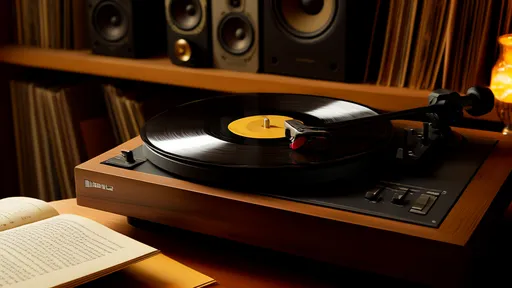
By /Jul 9, 2025

By /Jul 9, 2025
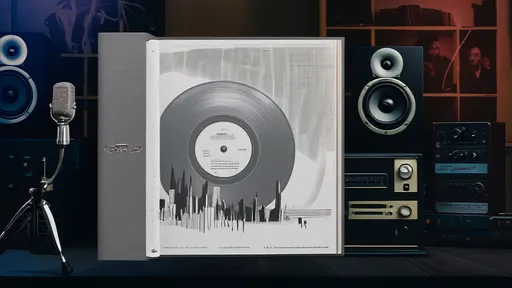
By /Jul 9, 2025

By /Jul 9, 2025

By /Jul 9, 2025

By /Jul 9, 2025

By /Jul 9, 2025

By /Jul 9, 2025

By /Jul 9, 2025
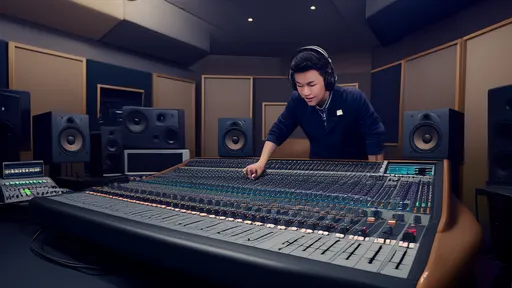
By /Jul 9, 2025
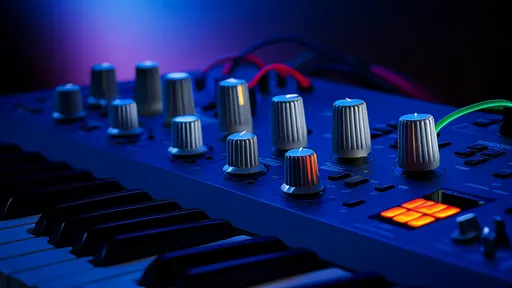
By /Jul 9, 2025
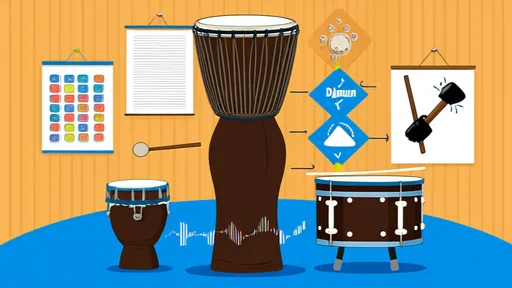
By /Jul 9, 2025
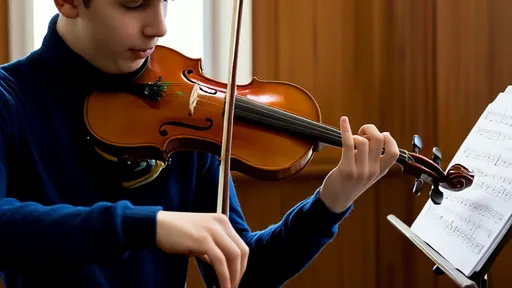
By /Jul 9, 2025
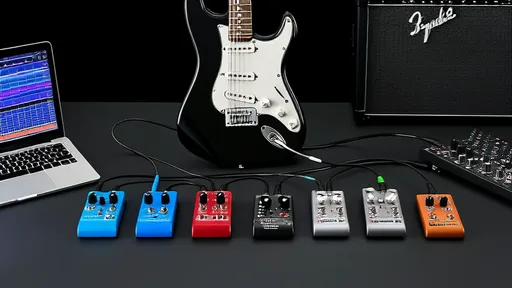
By /Jul 9, 2025

By /Jul 9, 2025

By /Jul 9, 2025
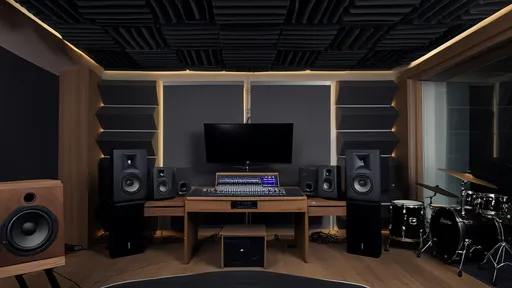
By /Jul 9, 2025